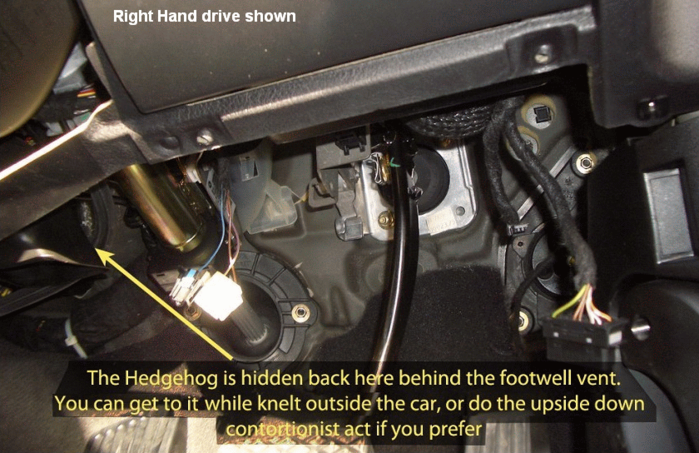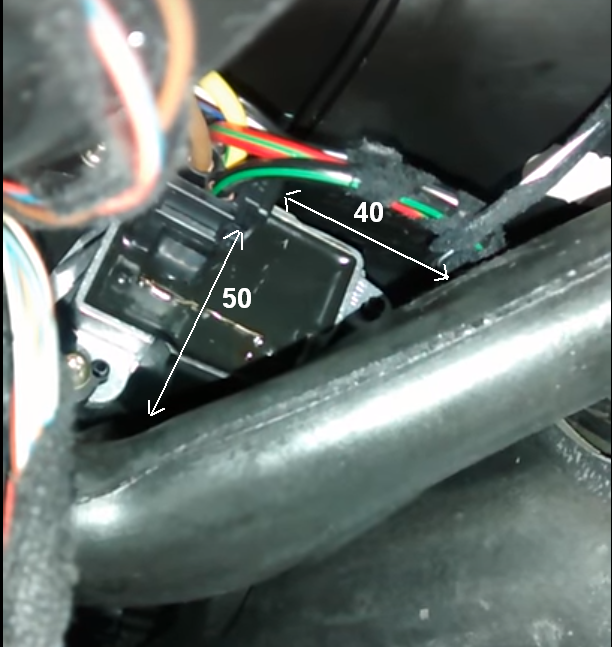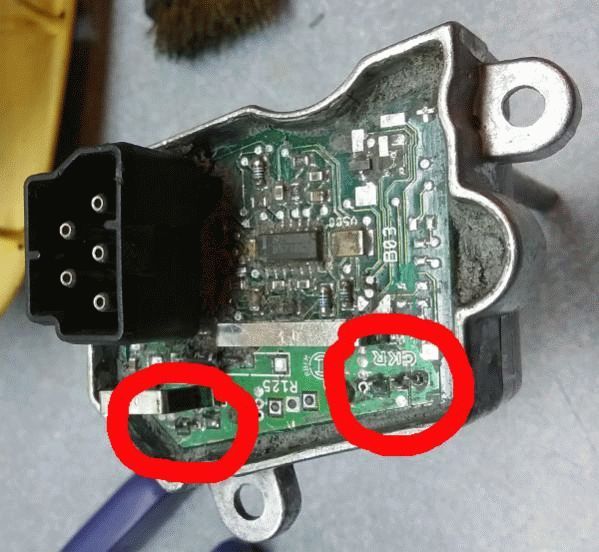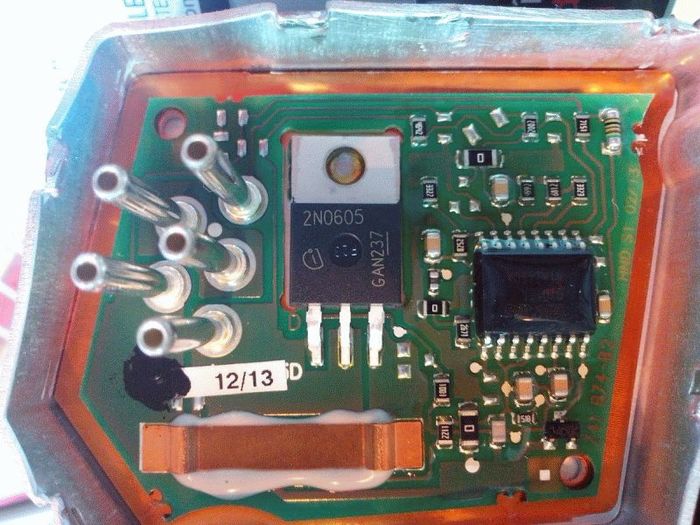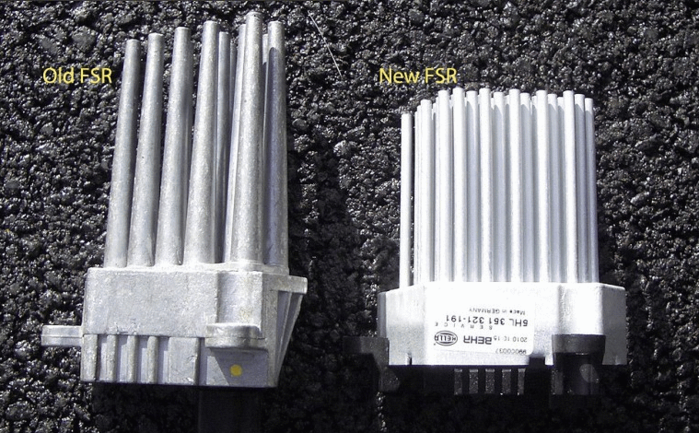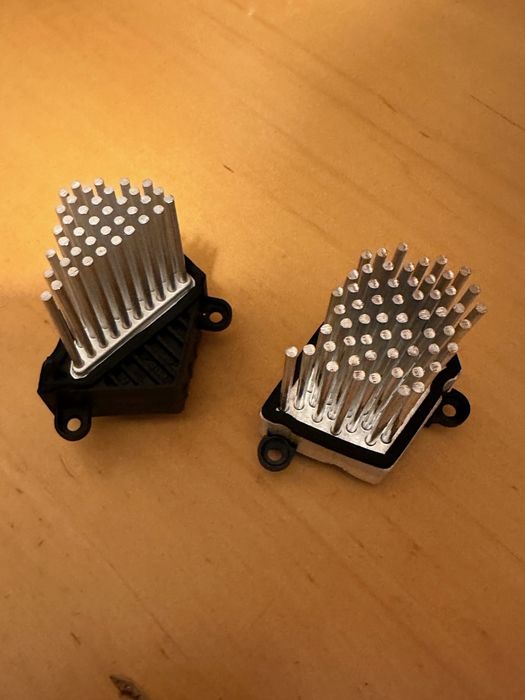 | Home > Maintenance & Mods (L322) > Final Stage Blower Resistor Replacement |
 
|
|
|
| Merchy Member Since: 14 Feb 2021 Location: North Wales Posts: 1238  
|
Quick question to those with more experience of FFRR's than me ( 3 years, years with my first one ) at 94000 miles on the car, I have had very little in the way of electrical gremlins. Am I lucky?
|
||
|
| bgennette Member Since: 13 Jan 2013 Location: Newcastle Posts: 88  
|
A couple of things that not one of the many videos or how-tos bothered to tell us -
|
||||
|
| bgennette Member Since: 13 Jan 2013 Location: Newcastle Posts: 88  
|
While I'm here I thought I'd explain what this 'Resister' thing actually is.
|
||||||
|
| Mullaca Member Since: 28 Apr 2015 Location: Manchester Posts: 4  
|
Just replaced my FSR due to total lack of climate fan and therefore a/c or heating. Many thanks to all contributors on here, other forums and various YouTubers, I bought a Chinese copy off Amazon UK for £21.99 and fitted it relatively painlessly using all the advice I'd read.
|
||
|
| rik__ Member Since: 12 Mar 2024 Location: UK Posts: 28  
|
Sorry to bring back this thread guys ive just replaced mine as fans were dead all worked fine for about 5 mins i turn the car off and the fans were still running. flicked the car back on and stayed running and stopped responding to the controls (fans speed stayed at 100% no matter what i did. could i of a got a faulty one? |
||
|
| pcourtney Member Since: 14 Jan 2020 Location: Stansted Posts: 1016  
|
maybe
|
||||
|
| steve.north0069@icloud.com Member Since: 02 Oct 2024 Location: Epsom Posts: 2  
|
Although new to Fullfatrr I acquired my 2011 L322 TDV8 4.4 two years ago and after a general overhaul to bring it up together, what a machine!!! Best decision ever.
|
||
|
| rik__ Member Since: 12 Mar 2024 Location: UK Posts: 28  
|
That's exactly what happend to mine after a fitted a cheap one, fans on 100% no matter what replaced with a good one and happy days |
||
|
| steve.north0069@icloud.com Member Since: 02 Oct 2024 Location: Epsom Posts: 2  
|
Hi thank you that's great. I bought one from Amazon its got mainly 5 star reviews but suspiciously cheap at £26...will update when fitted and also provide a link if the part actually works! |
||
|
| Bolert Member Since: 29 Jun 2021 Location: Hythe, Kent Posts: 35  
|
Good to know if mine ever decides to have a mind of its own!! |
||
|
| Paul H Member Since: 17 Oct 2023 Location: coventry Posts: 87  
|
Apologies for resurrecting an older thread but am looking to replace my FSR and looking at all the threads it seems a relatively easy job to do if you are double jointed and have long fingers. The part that is worrying me is the reference I keep seeing to 2 types of FSR, the JLR parts site only quotes one part number JGO000021 and it seems to be the 'triangular' shaped one but a few sellers on Ebay seem to reference that there are 2 styles fitted and have images of the squarer one and say to check which one you have before ordering. Is there anyway to check which one I have fitted without physically removing it or do they both fit and one is merely a variant of the other? 2011 L322 Autobography - a lot of bells and some of the whistles...owner with no idea! |
||||
|
| Joe90 Member Since: 29 Apr 2010 Location: Hampshire Posts: 6431 
|
You will probably have to have a look see, just in case your 2011 was before or after the changeover. It will be good practice for fitting the new one. .
|
||
|
| FJ12Jagmen Member Since: 25 Jun 2020 Location: Danbury Essex Posts: 77  
|
Replaced heater blower motor today after digging a big hole in the middle of the dash. Wanted to test it before I put everything back together. Re-connected the battery, ignition on, lights on climate control but no fan action.
|
||
|
| Boreas Member Since: 05 Jul 2025 Location: England Posts: 3 
|
Can anyone tell me what the symptoms are if the FSR is not properly fitted back into its housing?
|
||
|
 
|
|
| All times are GMT + 1 Hour |
< Previous Topic | Next Topic > |
Posting Rules
|
Site Copyright © 2006-2025 Futuranet Ltd & Martin Lewis
![]()


